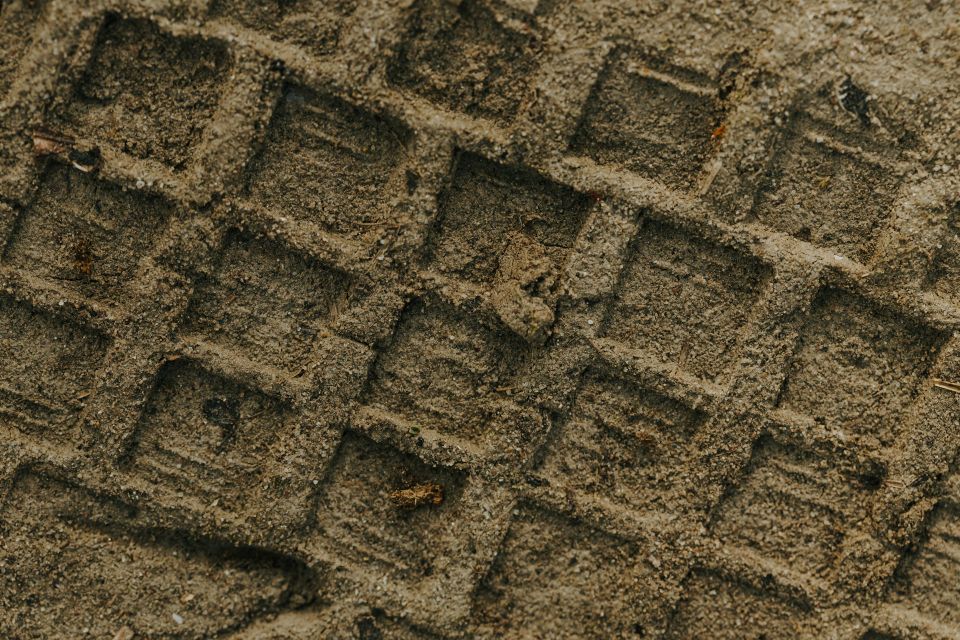Soil stabilization is an important part of construction projects, especially in areas like Chattanooga, TN, where shifting soil conditions can pose challenges. This process involves enhancing the physical properties of soil to ensure it's strong and stable enough to support buildings, roads, and other infrastructure. When done right, it prevents problems like cracks in foundations and uneven surfaces, making sure everything built on top stays safe and stable.
This process becomes even more crucial when projects encounter unpredictable weather and varying soil compositions. When soil doesn’t stabilize properly, it can lead to issues that delay construction and increase costs. Understanding how soil stabilization works and spotting the signs when it’s not functioning properly can make a big difference. By knowing what to look out for and how to address these challenges, you can make construction projects more successful and ensure they weather any storm.
Understanding Soil StabilizationSoil stabilization is the process of changing the properties of soil to make it stronger and more stable. This involves using materials like lime, cement, and fly ash to bind soil particles together, reducing movement, and improving load-bearing capabilities.
Here's a quick breakdown of some common methods:
- Lime Stabilization: Adding lime to the soil can decrease moisture content and increase strength. It’s especially useful for clay soils that might be too moist or plastic-like.
- Cement Stabilization: Cement acts like glue for soil. Mixing it with soil helps create a hard, stable base ideal for supporting heavy infrastructure.
- Fly Ash: This is a byproduct from burning coal and can improve the workability of the soil mixture while adding strength.
Each method has its benefits and is selected based on the project's specific needs. For instance, lime is often used for wet, clay-heavy soils, whereas cement might be chosen for projects needing extra durability. Understanding these methods helps ensure the right one is used for each situation.
Signs of Improper Soil StabilizationEven with the best planning, sometimes soil stabilization doesn’t work as expected. Recognizing the signs early can prevent bigger problems down the line. Here are some indicators that things might not be right:
1. Cracking: If there are visible cracks forming in the foundation or pavement, it could mean the soil is shifting or not compacted correctly.
2. Settling: Areas that dip or sink suggest the soil isn’t holding up as it should. This is a common problem when the soil isn’t properly stabilized.
3. Uneven Surfaces: Any bumps or uneven areas can be a red flag indicating uneven settling or shifting below the surface.
Understanding why these issues occur is just as important as identifying them. Potential causes include not using the correct stabilization method, improper mixing of materials, or insufficient curing time. By addressing these issues promptly, you can maintain the integrity of your construction project and avoid costly repairs or delays.
Solutions for When Soil Won't Stabilize ProperlyWhen soil doesn't stabilize as planned, pinpointing the problem is the first step. Testing and assessing the soil is key. Techniques like soil sampling and lab analysis can help identify what went wrong. Once you understand the root cause, you can figure out the best way to fix it.
Effective measures can include:
- Reapplication of Stabilizers: Sometimes, adding more stabilizer or applying it again can solve the issue.
- Improving Drainage: Proper drainage prevents water from destabilizing the soil, ensuring the stabilizer works effectively.
- Professional Assistance: Getting experts can make a huge difference. They have the tools and knowledge to deal with tricky situations, ensuring a long-lasting solution.
Engaging with a professional lets you benefit from their expertise and avoid future issues. They can guide you through the entire process, from diagnosing problems to implementing solutions, providing peace of mind that the project will remain stable.
Preventive Measures for Future ProjectsPlanning prevents plenty of problems. By taking some smart steps early on, you can dodge many stabilization issues down the road. Here are some practices to keep in mind:
1. Thorough Planning and Testing: Evaluate soil conditions thoroughly before starting. Conduct preliminary tests to determine the most suitable stabilizing method.
2. Select Appropriate Materials: Use materials appropriate for the soil type and environmental conditions of Chattanooga.
3. Regular Monitoring and Maintenance: Keep an eye on the stabilization over time. Perform routine checks to spot and fix issues before they turn into bigger problems.
These measures ensure that future projects are smoother, less costly, and more successful. Thoughtful preparation is your best defense against soil stabilization headaches.
Ensuring Reliable Soil Stabilization in ChattanoogaBuilding solid projects on firm ground is the main goal in Chattanooga. Through careful planning, regular checks, and using the right materials, you can ensure your construction stands tall against any challenge. Soil stabilization is complex but manageable with knowledge and proper attention.
By understanding the science behind stabilization, recognizing when things go awry, and implementing both corrective and preventive strategies, you set up your projects for long-term success. Expertise matters immensely here, as it brings together all these elements to ensure reliability and quality. A well-stabilized soil foundation sets the tone for a strong, enduring future.
Secure the success of your next project by investing in professional
soil stabilization. Terra-Firma Stabilization & Reclamation offers expert solutions tailored to your needs, ensuring a solid foundation for your developments. Learn more about our approach to soil stabilization and start planning for a stable future. Reach out today to discover more ways we can support your construction goals in Chattanooga.

